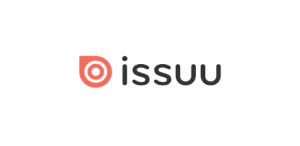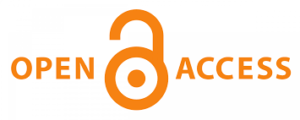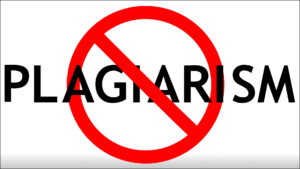![]() Volume.2 Issue.4 (2025)
Volume.2 Issue.4 (2025)
Format of Articles:
e.g.
References: The reference number should follow the following format.
Ethical Matters
Authors involving in the usage of experimental animals and human subjects in their research article should seek approval from the appropriate Ethical committee in accordance with “Principles of Laboratory Animal Care”. The Method section of the manuscript should include a statement to prove that the investigation was approved and that informed consent was obtained.
Role of Editors
The role of the editors is to evaluate the suitability of submitted manuscripts for the journal, including: (a) the quality of the manuscript, (b) whether it meets the Aims and Scope of the journal, and (c) the originality of the work. The editors will not disclose information about a submitted manuscript to anyone other than the corresponding author, reviewers or potential reviewers, or other members of the editorial board. Editors will ensure the prompt handling of the review process. Editors will evaluate the merit of manuscripts for intellectual content without regard to race, gender, country of origin, ethnicity, religion, or sexual orientation.
Role of Reviewers:
Peer review is essential to the journal in assisting in making editorial decisions and assisting authors in manuscript improvement. Reviewers should point out relevant publications not cited in the manuscript and point out any similarities with previously published works. Reviewers should not consider manuscripts with conflicts of interest, competitive, financial, or collaborative. If a potential reviewer feels unqualified to review the manuscript, that reviewer should notify the editors immediately and decline the review. Manuscripts received for review will be treated as confidential documents and not shown or discussed with other without authorization from the editors. Authors should expect to receive reviewer reports in a prompt manner, normally within three weeks. Reviewer misconduct (breach of confidentiality, delay of peer review, plagiarism, or conflicts of interest) will not be tolerated.
Role of Authors:
Authors of original research (not previously published or under consideration for publication elsewhere) should be an accurate presentation of the work carried out, a discussion of the significance of the work in context with previous works, and should contain sufficient experimental detail to allow others to replicate the work. Appropriate citation of previously published works must always be included. Authors should disclose any financial or other conflicts of interest that may be construed as influencing the data or interpretation. All sources of financial support should be disclosed. Authorship should be limited to those persons who have made a significant contribution to the work in terms of conception, design, experimental implementation, and data analysis and interpretation. All persons making significant contributions should be included as co-authors. If an author discovers a significant error in the published work, the author is obligated to inform the journal editor in order to either correct or retract the paper.
Role of the Publisher:
In cases of proven scientific misconduct, plagiarism, or fraudulent publication, the publisher, in collaboration with the editorial board, will take appropriate action to clarify the situation, publish an erratum, or retract the work in question.
Instructions to Reviewer
Criteria for Reviewing: Reviewers could judge any manuscript on the basis of following criteria:
Publication Policy
The journal employs the double-blind peer review process, where both reviewers and authors remain anonymous throughout the review process.
Every proposal submitted for publication is read at least by an editor, for an initial review. If the paper agrees with editorial policies and with a minimum quality level, is sent to two reviewers. The reviewers won’t know the author’s identity, as any identifying information will be stripped from the document before review.Reviewers’ comments to the editors are confidential and before passing on to the author will made anonymous. Based on the reviewers’ comments, the Editorial Board makes a final decision on the acceptability of the manuscript, and communicates to the authors the decision, along with referees’ reports. Whether significant revisions are proposed, acceptance is dependent on whether the author can deal with those satisfactorily.
Copyright
Journal allows the author to hold the copyright and retain publishing rights without restrictions.
Plagiarism
There is a zero-tolerance policy towards plagiarism in our journal. Manuscripts are screened for plagiarism before, during, and after publication, and if found they will be rejected at any stage of processing.
Open Access
In case of acceptance after peer review, you may choose to publish your article under Open Access terms. Open Access means that everyone around the world can read and download your article for free.





Disclaimer: Articles on International Journal of Advanced Research and Emerging Trends have been reviewed and authenticated by the Authors before sending for the publication. The Journal, Editor and the editorial board are not entitled or liable to either justify or responsible for inaccurate and misleading data if any. It is the sole responsibility of the Author concerned.






© 2024 jaret All rights reserved